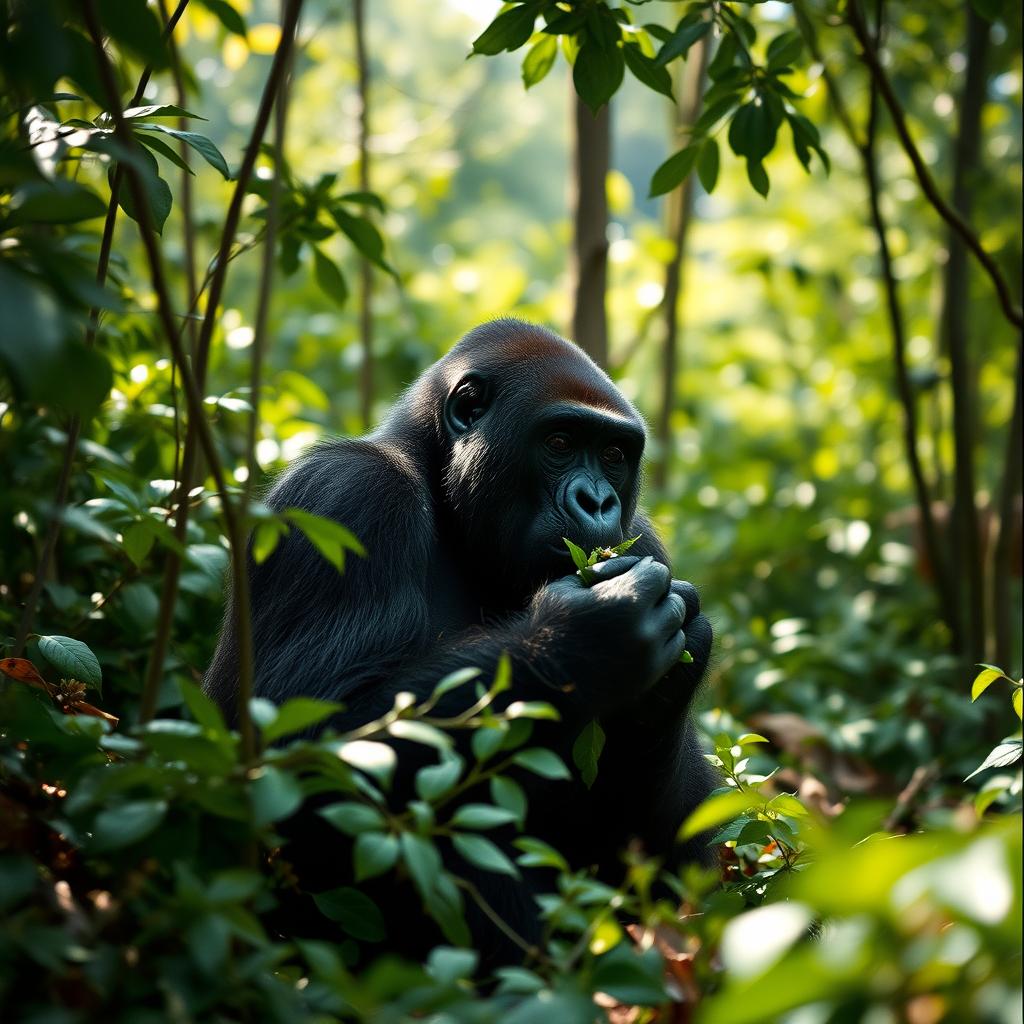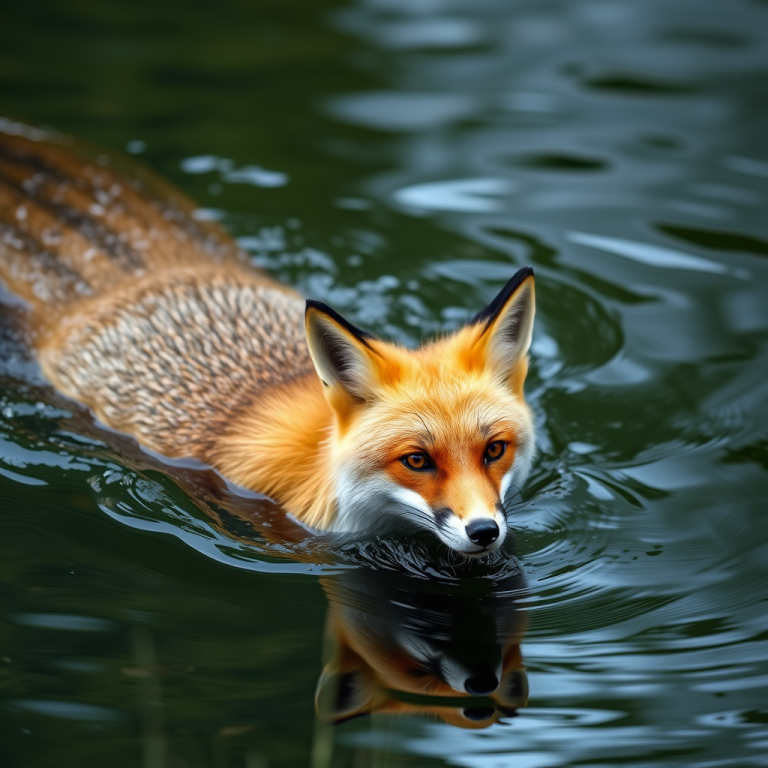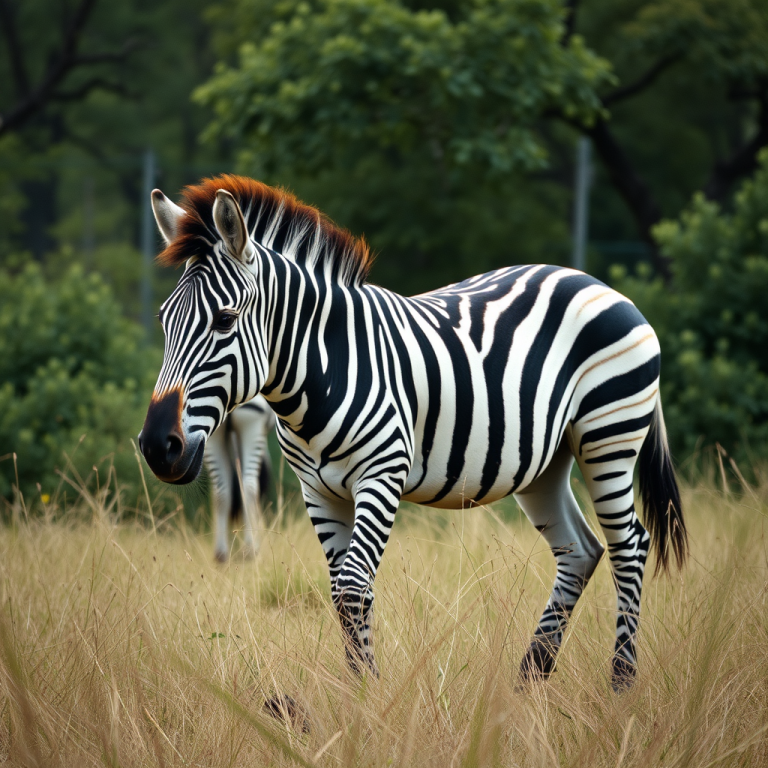What Do Gorillas Eat? Understanding the Plant-Based Diet of These Gentle Giants
Gorillas are fascinating creatures, not just because of their immense size and strength but also because of their relatively simple diet. Unlike many other powerful animals, gorillas are primarily herbivores. They thrive on a wide variety of plant-based foods, and their diet plays a key role in sustaining their strength and vitality in the wild.
Gorillas are an important part of the ecosystems in which they live, and understanding their dietary habits offers us insights into their survival strategies, the balance of nature, and the importance of preserving their habitats.
A Herbivore’s Feast: What Does a Gorilla Eat?
Gorillas are primarily herbivores, meaning their diet consists mostly of plant-based foods. However, their diet is highly varied and depends on their specific habitat, the season, and the availability of resources. Here are the main components of a gorilla’s diet:
- Leaves: The majority of a gorilla’s diet is made up of leaves. Gorillas are known to eat large quantities of leaves from a variety of plants, including shrubs, vines, and trees. They are particularly fond of young, tender leaves, which are easier to digest and offer higher nutritional value.
- Stems and Shoots: In addition to leaves, gorillas also consume stems and shoots. These provide vital nutrients such as fiber and minerals. They may also chew on certain types of bark, especially in the dry season when other food sources are scarce.
- Fruits: Though not as readily available year-round, fruits are an important part of the gorilla’s diet when they are in season. Gorillas consume fruits such as bananas, papayas, and various types of berries. The sugars in fruit give them an energy boost and provide vital vitamins like vitamin C and A. However, fruit makes up only a small percentage of their total diet, as it is often seasonal.
- Bark and Roots: Gorillas are known to strip the bark from trees, especially during certain seasons when other food sources are scarce. They may also dig up roots from the forest floor. These provide additional nutrients and help diversify their diet.
- Insects: Although gorillas are primarily herbivores, they occasionally consume insects like termites, ants, and small caterpillars. These provide a source of protein that complements their plant-based diet. However, insect consumption is relatively rare compared to their plant-based intake.
A Day in the Life: How Gorillas Forage for Food
Gorillas are expert foragers and spend a significant portion of their day searching for food. Adult gorillas can consume anywhere between 40 to 60 pounds (18 to 27 kilograms) of food per day, depending on the availability of resources. This might sound like a lot, but it’s necessary to sustain their large size and energy needs.
Gorillas are slow and deliberate eaters. They spend much of their time carefully selecting food, pulling down branches, and chewing leaves or stems. In the wild, gorillas can move across large areas in search of the best food sources. They typically live in forests, where food is abundant, but they also need to be resourceful and adapt to seasonal changes in their diet.
Seasonal Variations in Gorilla Diets
The availability of food for gorillas is heavily influenced by the seasons. In tropical rainforests, where many gorillas live, food availability can fluctuate:
- Wet Season: During the rainy season, gorillas tend to consume more fruits. This period is crucial for them to get the sugars and vitamins they need to keep their energy levels high. Fresh leaves, shoots, and roots are also abundant during this time.
- Dry Season: During the dry season, when fruit is less available, gorillas turn to other sources of food like tougher leaves, bark, and stems. Their diet becomes more reliant on the fibrous parts of plants that are rich in cellulose.
Adaptations for Digestion and Nutrition
Despite their large size and the challenges of consuming a low-calorie, plant-based diet, gorillas are well-equipped to meet their nutritional needs. They have evolved specialized adaptations to digest tough plant material. Their digestive systems are similar to those of other herbivores, with a large colon and a fermentation process that helps break down cellulose from plant fibers. This allows them to extract maximum nutrients from their food.
Their large, powerful jaws and teeth are also crucial for grinding down plant material. Gorillas have strong molars and premolars, which they use to crush and grind fibrous plants.
Gorilla’s Physical Strength from a Plant-Based Diet
Despite eating only plant-based foods, gorillas are incredibly strong. Their diet is packed with fiber, vitamins, and minerals that give them the energy needed to build muscle and maintain their strength. For instance, the leaves they eat are rich in calcium, which supports bone health, while the stems provide the necessary fiber for a healthy digestive system.
The gorilla’s muscle mass comes from regular, strenuous activity. They spend their days foraging, climbing, and moving through dense vegetation. Their physical activity, combined with their nutrient-rich plant-based diet, contributes to their robust physical build.
Gorilla Eating Habits in Captivity vs. the Wild
Gorillas living in zoos or sanctuaries typically follow a diet similar to that of their wild counterparts but with added supplementation to meet their nutritional needs. In captivity, gorillas are often provided with a mix of fruits, vegetables, leaves, and specially formulated pellets that are rich in nutrients.
In the wild, gorillas are more likely to have a varied diet depending on the availability of food sources. They are less likely to have a steady supply of the same food and must adapt to whatever their environment offers. In both cases, though, the gorilla’s eating habits are shaped by their need for large quantities of plant material to support their massive size.
Conclusion
Gorillas may be some of the most powerful animals on Earth, but their diet is a humble one. They are primarily herbivores, relying on leaves, stems, fruits, and occasionally insects to fuel their bodies. Their ability to adapt to their environment and the seasons ensures they maintain their strength and vitality, making them perfectly suited to life in the forests of central Africa.
By understanding gorillas’ eating habits, we gain insight into the delicate balance of their ecosystem. Their survival depends not only on what they eat but also on the preservation of their natural habitat, where they can continue to forage and thrive, providing these magnificent creatures with the necessary nutrients to thrive. Understanding their dietary habits not only sheds light on their survival strategies but also emphasizes the importance of conserving their natural habitats to ensure their continued existence.
If you’re curious about the wonders of wildlife, stick around—there’s a whole world to explore at Wonder of Wild.







